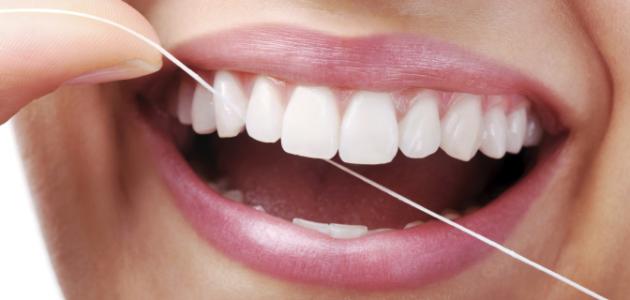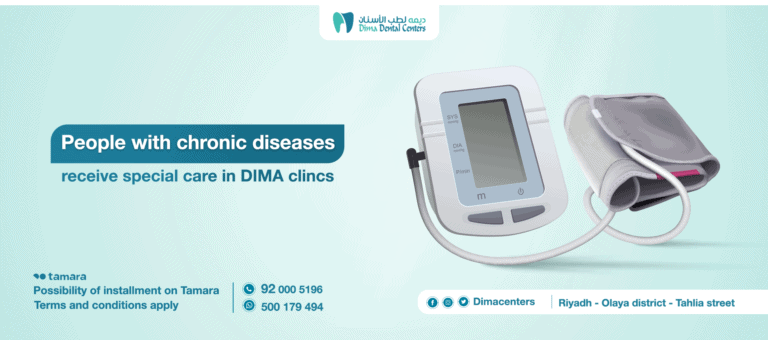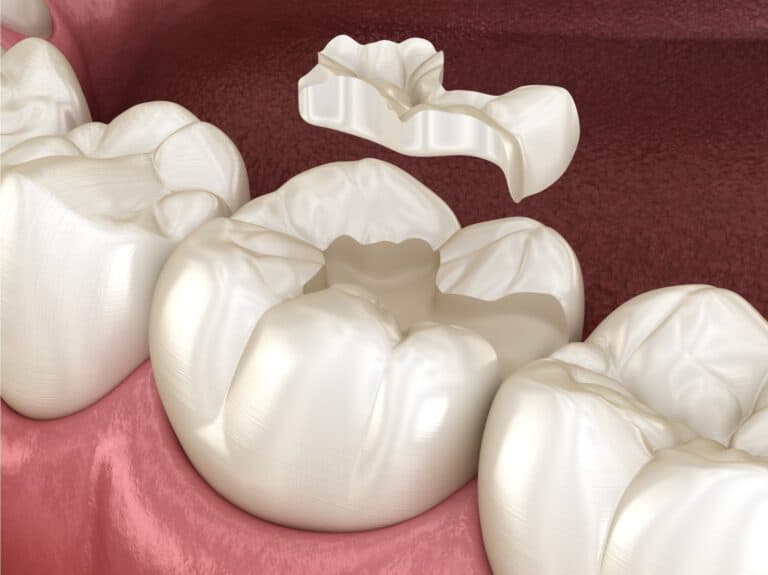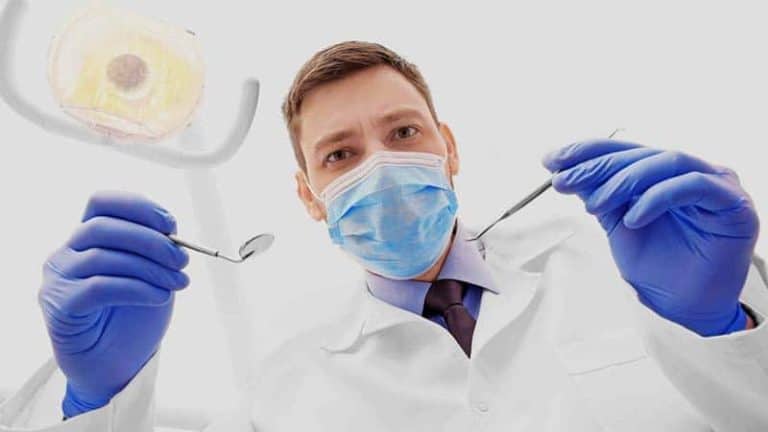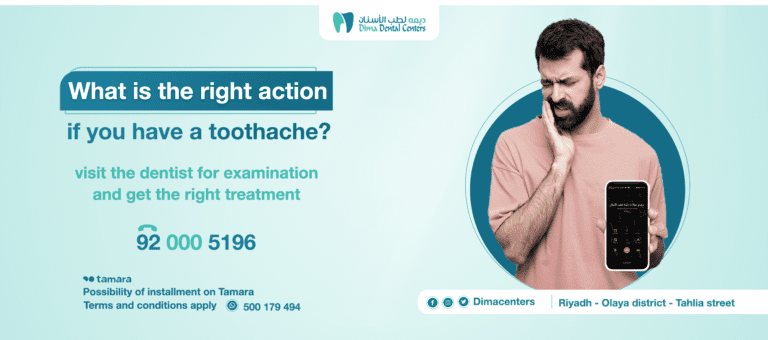How can the bleeding be stopped after tooth extraction if the bleeding continues after the extraction?

There are many cases that require tooth extraction, the most important of which are tooth fractures and tooth decay. In the past, tooth extraction was one of the most important dental techniques. There are two main types of tooth extraction: simple extraction and extraction with anesthesia. The molar to be extracted is visible in the mouth during an uncomplicated surgical extraction, during which the tooth is moved and then extracted. Surgical extraction is more difficult when the teeth to be removed are broken below the gum line or embedded and yet need to be fully visible.
After the extraction, the dentist will place a piece of gauze over the extraction site to stop the bleeding. This helps in the formation of a blood clot that helps the wound heal. The gauze is left in place for 30 to 45 minutes after you leave the dentist’s office.
Reasons for tooth extraction
The need to extract a tooth can arise for a number of reasons, but one of the most important is dental infection and the development of an abscess. In addition, tooth extraction may be necessary when gum disease causes teeth to move or when buried teeth, such as wisdom teeth, are causing problems. Tooth blows or accidents, crowded teeth, and overcrowding are all reasons why teeth need to be extracted.
Tooth extraction and post extraction
There are many reasons for tooth extraction (as mentioned before), but they are often extracted at the patient’s request. In modern dentistry, tooth extraction is the last thing to consider, however some individuals have a tendency to dislodge when they experience a little discomfort. It is recommended that teeth affected by an abscess, large tooth decay or severely painful teeth be removed immediately. It can be very difficult to convince a patient that fillings or root canal treatment will save their teeth. Sometimes a tooth that may remain in the mouth for years has to be extracted due to the patient’s stubborn refusal to persuade. For a dentist, deciding to extract a tooth is very difficult. We also do not recommend brushing your teeth too quickly. After all, there are a few things to consider if you must eat it:
- For 20 to 25 minutes after the extraction, bite down hard on the cotton or gauze that the doctor placed over the extraction site.
- This insulator ensures the formation of a blood clot that promotes sound healing while stopping bleeding in the extraction cavity.
- The clot will act as a natural barrier to sealing off the extraction area.
- By not paying attention to spots that need care, a clot may not form or may break, impeding wound healing and starting a painful process.
- A pain reliever other than aspirin should be given if there is pain after the extraction.
- Because aspirin thins the blood, it may cause the start of bleeding and prevent clotting.
- There may be really pain when the numbness begins to subside, analgesics should be given immediately in this case.
- In the days following the extraction, discomfort may be felt at the anesthesia injection sites. Usually, these aches disappear within two days.
Reduce bleeding after tooth extraction
The patient should take the following measures if the bleeding continues:
- A clean gauze should be inserted and moistened with clean warm water.
- To help stop the bleeding, squeeze some gauze for 30 minutes. If it gets wet with blood, replace it with clean gauze.
- Keep the tongue away from the extraction site.
- You should see a dentist if the bleeding is serious; However, any blood mixed with saliva may appear to be excessive bleeding.
- Putting wet tea bags on the wound area can help stop bleeding and promote blood clotting because the tannin in tea helps stop bleeding after tooth extraction.
Recommendations after tooth extraction
Soon after the dislocation, the patient may leave the house, but there are a lot of instructions they must follow. For example, they should bite on a piece of gauze that has been placed over the extraction site for a while in order to stop the bleeding. If the patient feels uncomfortable, the doctor may provide painkillers or antibiotics. The patient may experience numbness in his mouth and cheek for a few hours as a result of the anesthesia introduced by the doctor. For seven days, the patient should refrain from eating anything crunchy and instead eat soft foods such as yogurt, soup, mashed potatoes and bananas. The patient can also apply cold compresses to the cheek for 10 to 20 minutes to reduce swelling. Do not use alcohol throughout the day after tooth extraction. This is due to the fact that alcohol slows down wound healing and also increases bleeding. In addition, smoking is prohibited for at least one day to ensure that the clot stays in the correct place.
The first day after surgery is when you may begin to brush and floss your teeth, keeping your tongue away from the extraction site and avoiding contact with it. Mouthwash is used for the first time three days after the procedure.
Call Doctor in these cases
After a tooth is extracted, it is common for the patient to feel some discomfort, especially when the effect of the anesthetic wears off. In some other situations, such as when experiencing symptoms related to inflammation including fever, chills, nausea, vomiting, shortness of breath and chest discomfort, the patient should also contact a doctor. The patient should be aware that the first healing process, which lasts from one to two weeks, begins with the formation of bone and tissue where the extracted tooth was before.
Diseases that must be reported to the doctor before extraction
The patient must disclose certain conditions to the doctor before the extraction of the tooth, even if it is a safe surgical treatment. You should take an antibiotic before and after the extraction if you have a serious infection. Before performing the extraction, the physician should be familiar with the following medical issues, among others:
- The presence of a congenital heart defect.
- Damage to natural or artificial heart valves.
- Decreased performance of the immune system in the body.
- Cirrhosis of the liver in industrial settings.
- Previous endocarditis caused by bacteria.
More Tips for recovery after tooth extraction
Following a variety of recommendations can help you recover after a tooth extraction, including the following:
- Refrain from rinsing the mouth or spitting vigorously for 24 hours.
- Drinking hot drinks may dissolve blood clots, so refrain from doing so for 24 hours.
- Smoking can hinder healing and increase damage, so stop smoking for 48 hours.
- Eat soft meals for 24 hours after extraction, such as yogurt or soup.
- Do not chew anything quickly.
Depending on how well you take care of this area, the initial healing phase usually lasts 1-2 weeks, gum tissue heals in about 3-4 weeks, and full bone recovery, if surgery is required, may take up to 6-8 months.


